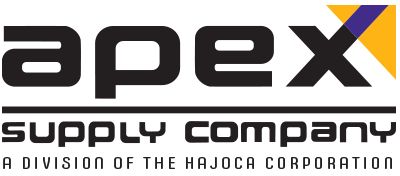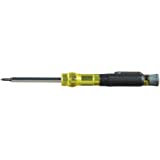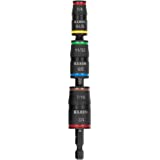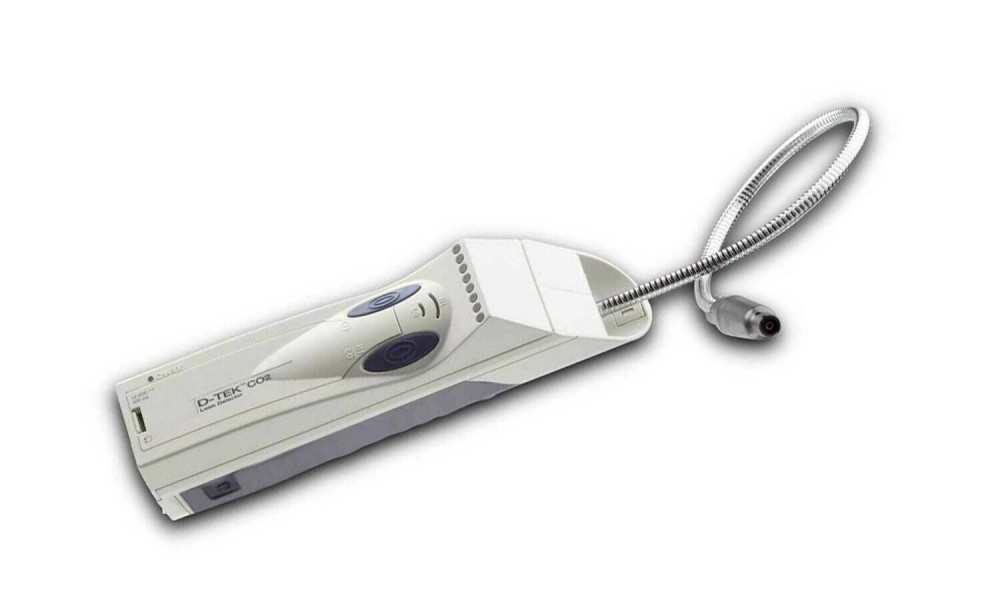washington state hears concerns about hfc phasedown
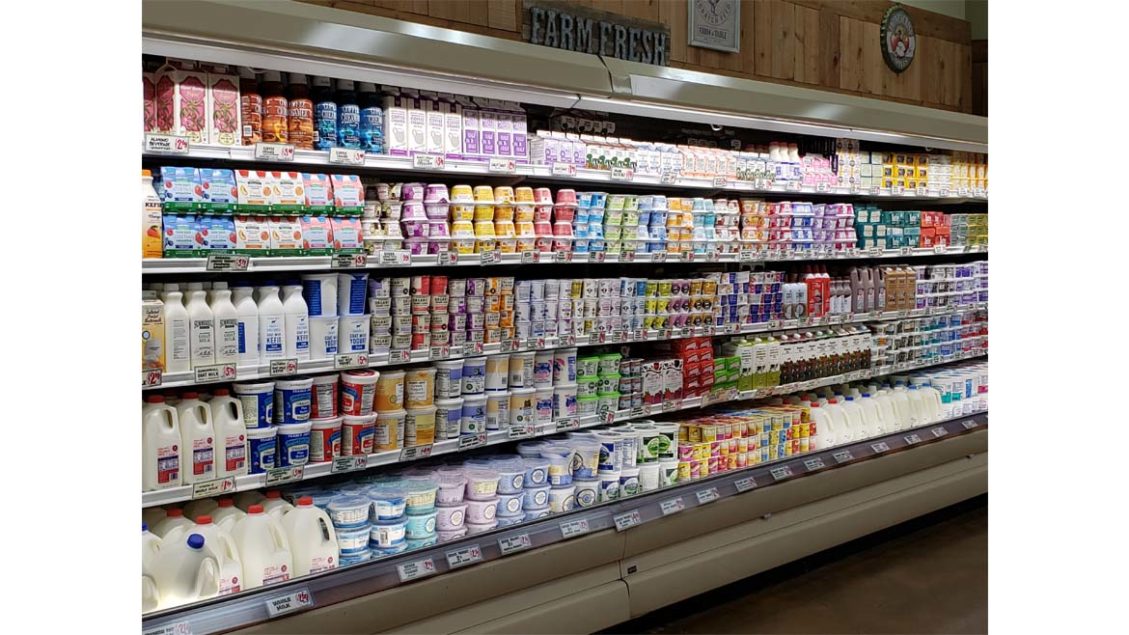
California has been at the forefront of the movement to phase down HFCs, having been the in the nation to adopt regulations to reduce the use of HFC refrigerants in equipment, and commercial and residential air conditioning equipment.
At the meeting, Linda Kildahl, HFC rulemaking lead of the rules and planning unit at Department of Ecology, went over some of the changes made to the draft rule language since the last meeting March.
One of the biggest changes concerned the new effective date for most equipment to comply with GWP limit, 2025 instead of January 1, 2024.
Current draft language states that replacement of in facility excluding the cost of refrigerated display cases..
Tamara Dumitrescu, HFC technical lead at Department of Ecology, asked stakeholders about the significant barriers to transitioning to low- GWP refrigerants on store- and company-wide level, that cost was the barrier.
Right now, CO2 is the only available refrigerant with GWP of less than 150, and it requires that whole new system be installed, said Glenn Barrett, engineering manager at DC Engineering Coeur d'Alene, Idaho...
The availability of qualified technicians to install and service CO2 equipment is also concern to Dellecave, CO2 is significantly different type of operating system with quite dangerous operating pressures.
With CO2, pressures can run two to three times higher than current refrigerants, the evaporators, and the piping across the entire system would have to be replaced, said Larson..
Leonard Machut, HFC at Department of Ecology, sought to understand the downtimes associated with retrofit, asking, Could not you flip the layout, so that half the store's getting retrofitted to new coolers.
Ecology personnel were receptive to the input from stakeholders, with Machut noting that the goal of the meeting was to find the middle ground while not having every grocery store pulling their hair out...
Read more
At the meeting, Linda Kildahl, HFC rulemaking lead of the rules and planning unit at Department of Ecology, went over some of the changes made to the draft rule language since the last meeting March.
One of the biggest changes concerned the new effective date for most equipment to comply with GWP limit, 2025 instead of January 1, 2024.
Current draft language states that replacement of in facility excluding the cost of refrigerated display cases..
Tamara Dumitrescu, HFC technical lead at Department of Ecology, asked stakeholders about the significant barriers to transitioning to low- GWP refrigerants on store- and company-wide level, that cost was the barrier.
Right now, CO2 is the only available refrigerant with GWP of less than 150, and it requires that whole new system be installed, said Glenn Barrett, engineering manager at DC Engineering Coeur d'Alene, Idaho...
The availability of qualified technicians to install and service CO2 equipment is also concern to Dellecave, CO2 is significantly different type of operating system with quite dangerous operating pressures.
With CO2, pressures can run two to three times higher than current refrigerants, the evaporators, and the piping across the entire system would have to be replaced, said Larson..
Leonard Machut, HFC at Department of Ecology, sought to understand the downtimes associated with retrofit, asking, Could not you flip the layout, so that half the store's getting retrofitted to new coolers.
Ecology personnel were receptive to the input from stakeholders, with Machut noting that the goal of the meeting was to find the middle ground while not having every grocery store pulling their hair out...
Read more
Report
Related items:


